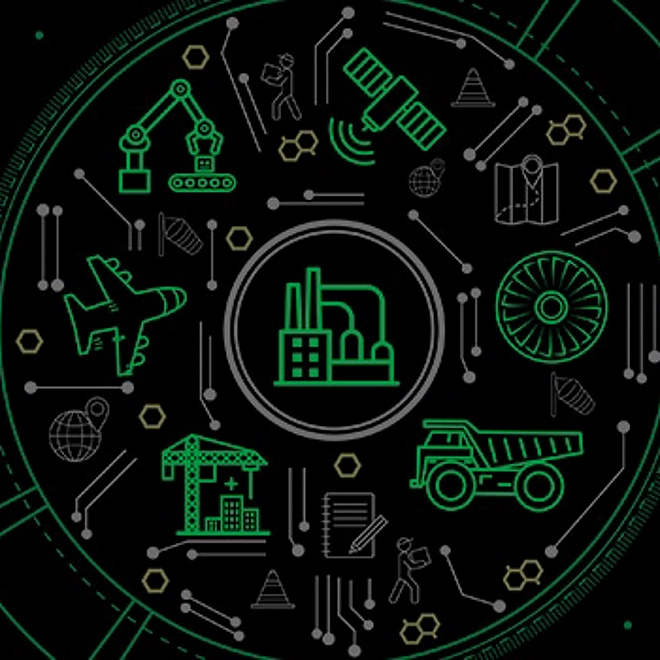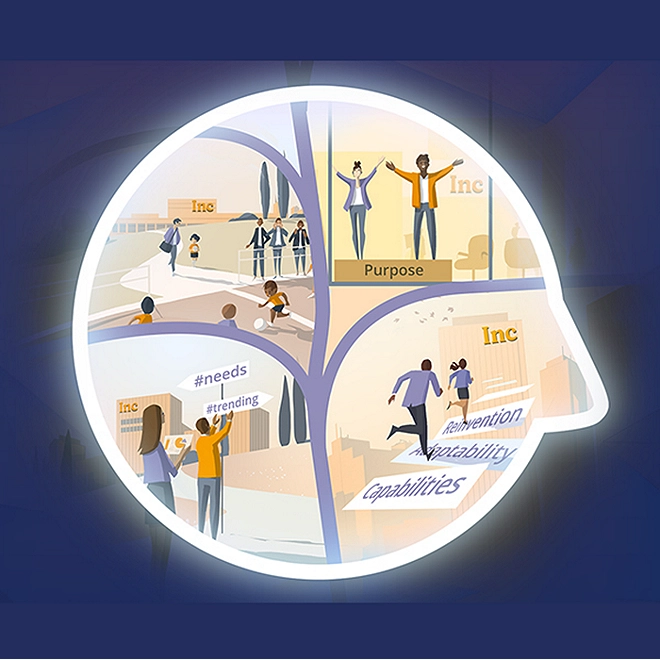Working and commuting in the GTA
Rethinking commuting in the GTA
The problem of inefficient commuting in the GTA isn’t just about infrastructure – it’s also about people. We must acknowledge the diversity that exists in the commuting experience if we are to ensure that the GTA remains an innovative, vibrant, and rewarding place to live and work.
Changing directions: Rethinking working and commuting in the GTA
The ways in which people live and work in the Greater Toronto Area (GTA) are changing at an exponential rate. The new world of work, characterized by individual empowerment, will require businesses to abandon traditional working models in favor of flexible operations that can be tailored to address the diverse needs of individuals. Currently, however, our transportation systems are built to accommodate commuter flows that align with standard working models—increased public transit capacity during 9 a.m. and 5 p.m., etc. While we do not know the specific implications that the future of work will have on commuting, we do know that it will increase the diversity of needs in the commuting ecosystem. This diversity is not being addressed by a transportation system that focuses primarily on ‘one-size-fits-all’, large-scale, multi-year capital projects. Commuters in the GTA need comprehensive, and holistic solutions that both start and end with them.
That’s why our latest paper, Changing directions: Rethinking working and commuting in the GTA, puts the focus squarely on commuters, distilling the varied experience of commuting in this world-class city into five distinct archetypes:
- The Bustling ‘Burbanite
- The Multi-Tasking Motorist
- The Single-Line Subway-Rider
- The Environmental Evangelist
- The Cost-Conscious Commuter
These archetypes are not a solution themselves, but instead, are a way to think about GTA commuters, to better understand where they’re coming from – and where they’re going. The idea is to arrive at a holistic appreciation of the ways citizens make decisions about where they work and live, and how they commute.
After all, commercial activity and housing development have been spreading throughout the GTA for years, increasing the diversity in the ways people live and work – a trend that is expected only to accelerate. Can the GTA’s transportation systems keep pace with the change? Not if we continue to discuss the matter exclusively in terms of infrastructure. Infrastructure investment is of course critical, but we can’t make wise and effective investments that double as genuine solutions if we fail to truly understand the situation. Our transportation solutions must acknowledge the diversity that exists in the GTA and place the needs of individuals at the forefront. It’s time to change the conversation.



